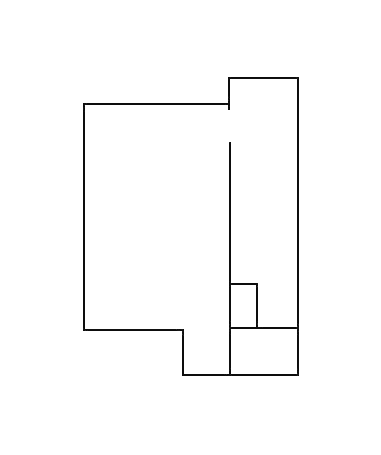Serrah Russell | Scraps
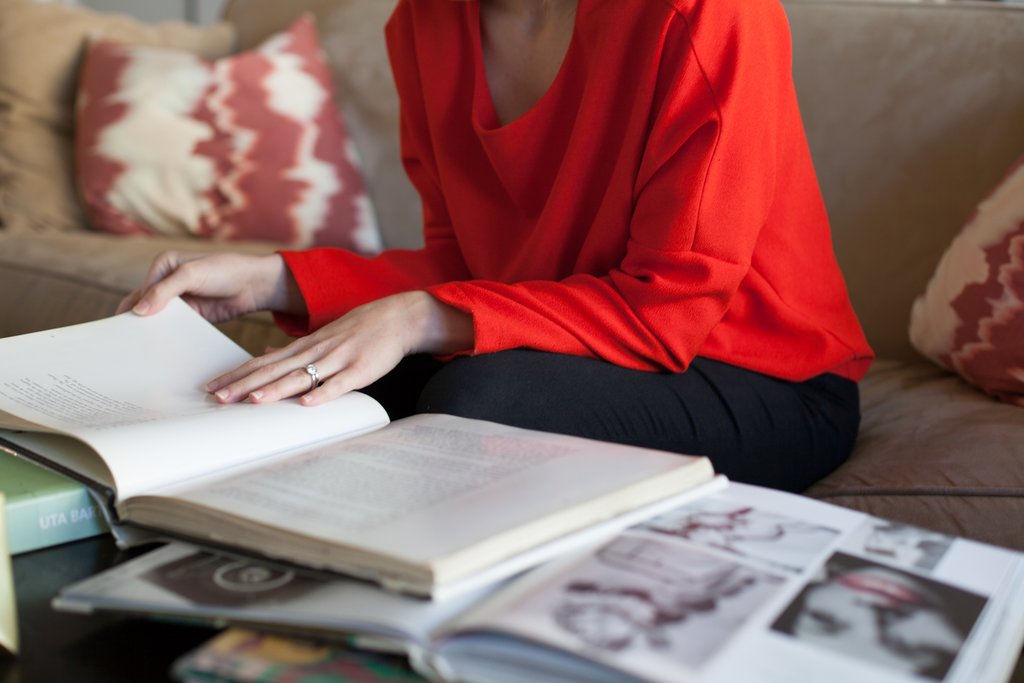
“I don’t want to know the answer; I want to feel the question.” // Serrah Russell.
The halls of the Klee Building smelled of weed and bubblegum as I walked them on my way to Russell’s apartment, which, as is the case for many in a rent-hiked city, also serves as her studio. Russell has no explanation when I ask her about the funny combo of smells in the hallway, but is quick to offer water, iced water, tea, iced tea, a place to sit, anything I need. She gives me the tour. If you step out onto her balcony and look west, you can see a sweeping view of Elliott Bay, its expanse of blue, its islands and mountains that are easy to confuse with clouds. Look due north and you can see a wall of other condo windows. Living rooms with the television off. A dude in a Facebook t-shirt just standing up. Couches with nobody on them. And to the east is downtown Seattle with its pile of towers marching up to Capitol Hill. Mountains and buildings, street lamps and trees, garbage and gold.
On top of all that she’s got these amazing desk lamps that look as if they could have been recovered from a sunken ship’s captain’s quarters. It’s at this desk where she puts in most of her hours. A framed piece by Stand Up Comedy above her desk reads: “I’m Working Hard to Make Art Come Easier,” which seems to be the mantra of her newfound routine. “Every morning I force myself to sit here and work for an hour. I even allow myself to feel bored if I need to.”
She sounded like she was doing her best to hold back a Virginian accent—echoes of twang and gentry—and the hard work ethos she’s adopted reminds me of the protestant ethics pumped into the young boys and girls of my hometown in the Midwest, but she’s lived in Washington her whole life. As a conversationalist, she’s a quick talker. Her thinking is discursive—ideas fracture, and then she loops back to complete them. And its here, in the way in which the English language courses through her, where the connection between her thinking processes and her art-making process seem most apparent to me. Indeed, Russell admits to being a heady creator: “I spend so much time finding the fragments, thinking about them, matching them up, creating them, discarding them, and then repeating this process again and again.” Though an individual piece might only take a few moments to construct, so much thinking and failure precedes a given piece that each seems to hold the weight of hours of work.
In her collages Russell upends our sense of scale and of likeness: warm hands root mountains in air, pleather shares a line with lace, hotel hallways fill with turbulent water–or are they clouds? Her work reveals an eye drawn to weaving together seemingly disparate images. She’s got an eye that sees the limb in a limb, the high ridge in a window still, and the maple leaf in a Dick’s burger wrapper tumbling down the street. When she jams a log next to the wrist of a disembodied limb, she’s opening up radiances of relation between objects. In her more abstract work she delights in jamming together textures that don’t often share a stage, and playing with angles in a way that blurs the line between the image and the frame of the piece.
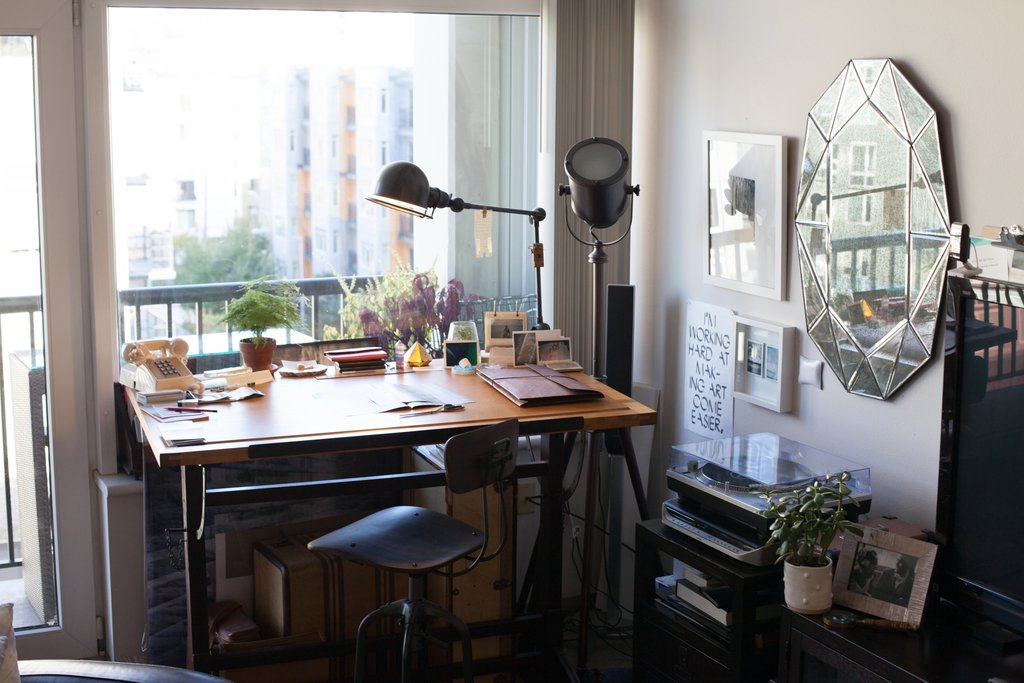
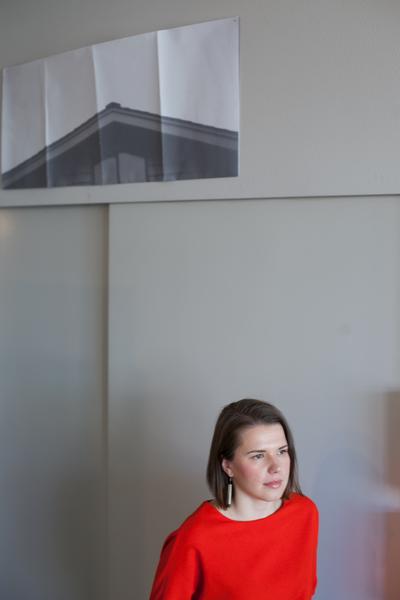
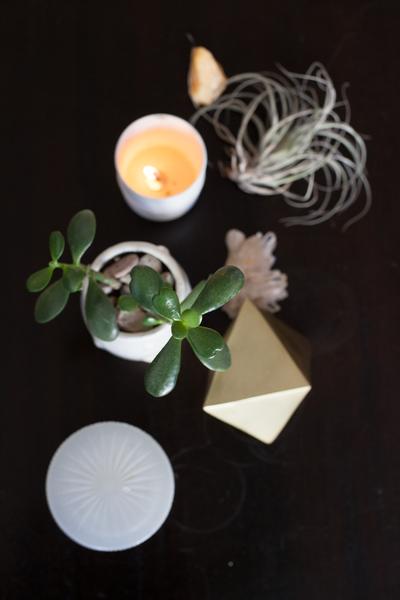
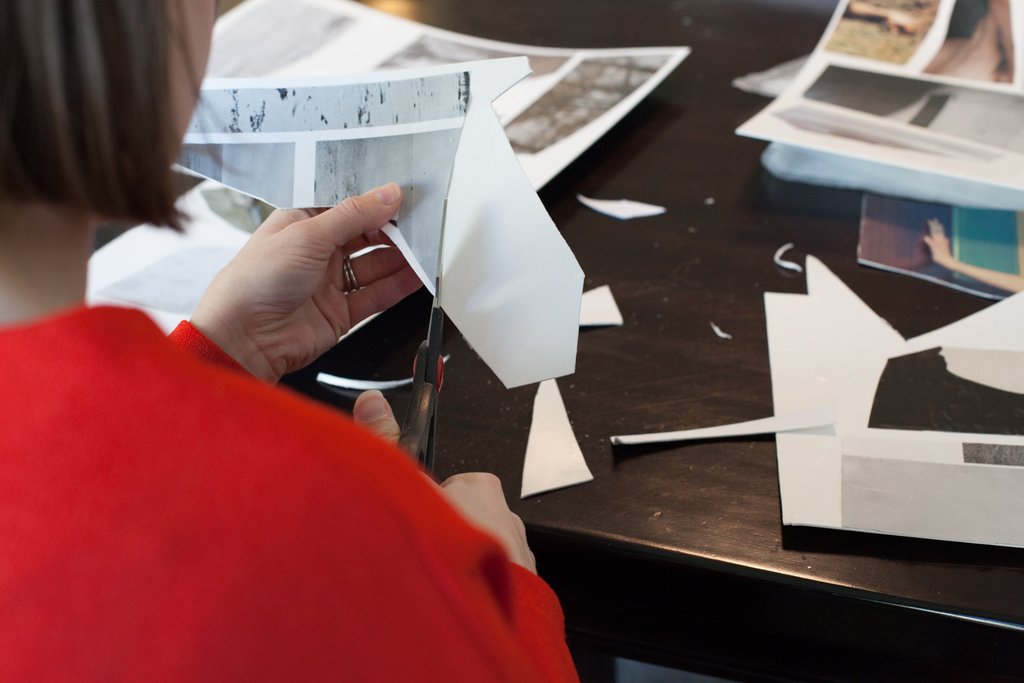
As far as subject is concerned, she seems most interested in exploring human experience through natural elements. “Everyone knows what a tree is. So a landscape can allow a commonality of experience, where the viewer can bring her own thing to it. I suppose I could show someone’s sad face, but I’d rather show a tree that’s degraded with all its leaves blown off.” Her generosity toward the viewer extends to her treatment of these landscapes, too: “I like that landscapes feel simultaneously solid and yet constantly in flux. It feels permanent and totally not, somehow.” By not directing us one way or another, we viewers are kept in this same kind of flux, which empowers us to take our own paths of interpretation and appreciation. In this way, her clipped and minimal landscapes give us space to create our own vast and detailed countries.
These fragments, she claims, are not worlds but are of a world. And this idea hits on another of her obsessions: absence and presence, the way in which something that’s there indicates something that isn’t there, or vice versa. “You don’t always get to keep everything, you know? But you do get to keep a part, and I’m interested in what you can tell with that little part.”
Lately, though, she’s been thinking about going big, making larger pieces that pop off the page—but she’s reticent. “I haven’t been making large pieces because I think that the “bigger equals better” thing is an idiotic idea. It’s kind of macho. But then I think, ‘Is my work smaller because of what it is, or is it because of a lack of having seen other female role models of this sort of thing?’” She shows me a version of a piece she did for Portland Center Stage, a large collage of body parts done in greyscale. Everything in the piece has its opposite pair: black and white, hard lines and soft lines, smooth and rough textures, masculinity and femininity: the piece explores the very question that worried her about making it in the first place. If she plans to continue to bring to her larger works this level of sophistication and thought, then I say blaze on ahead, sister.
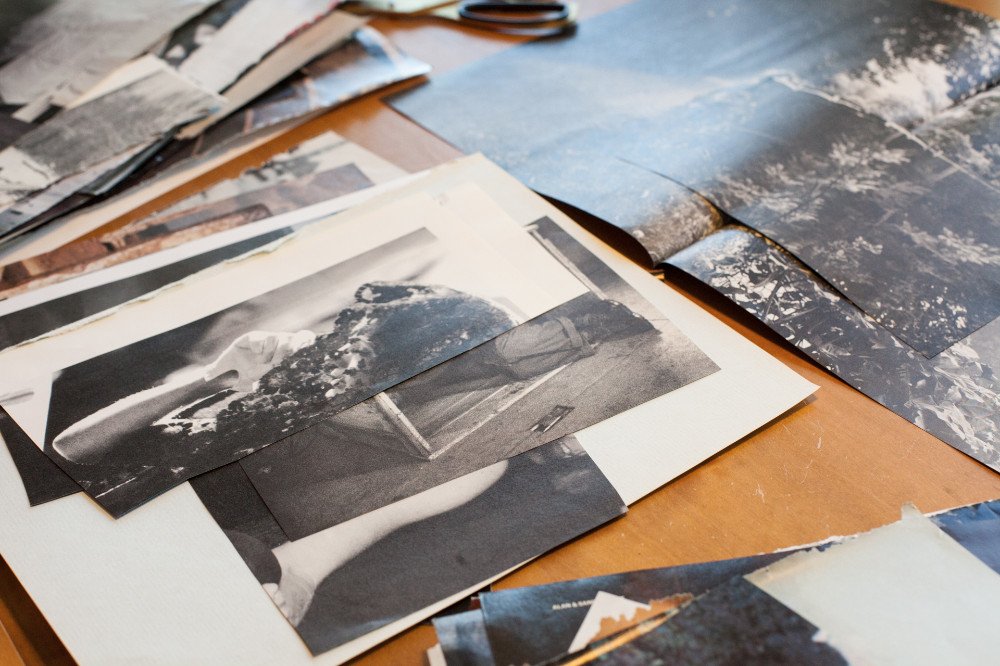
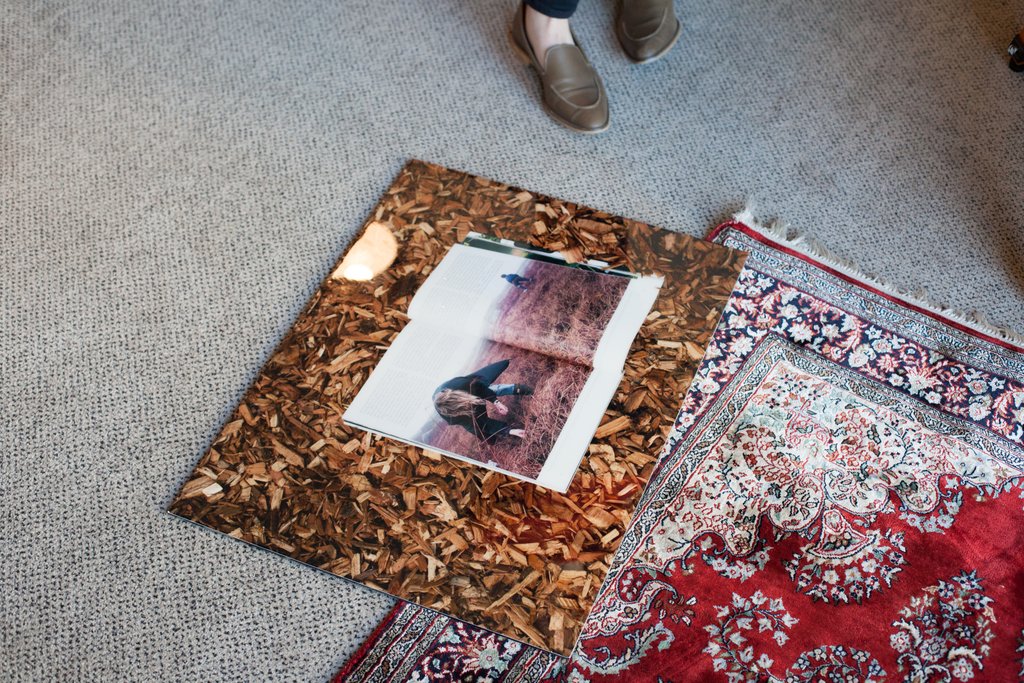
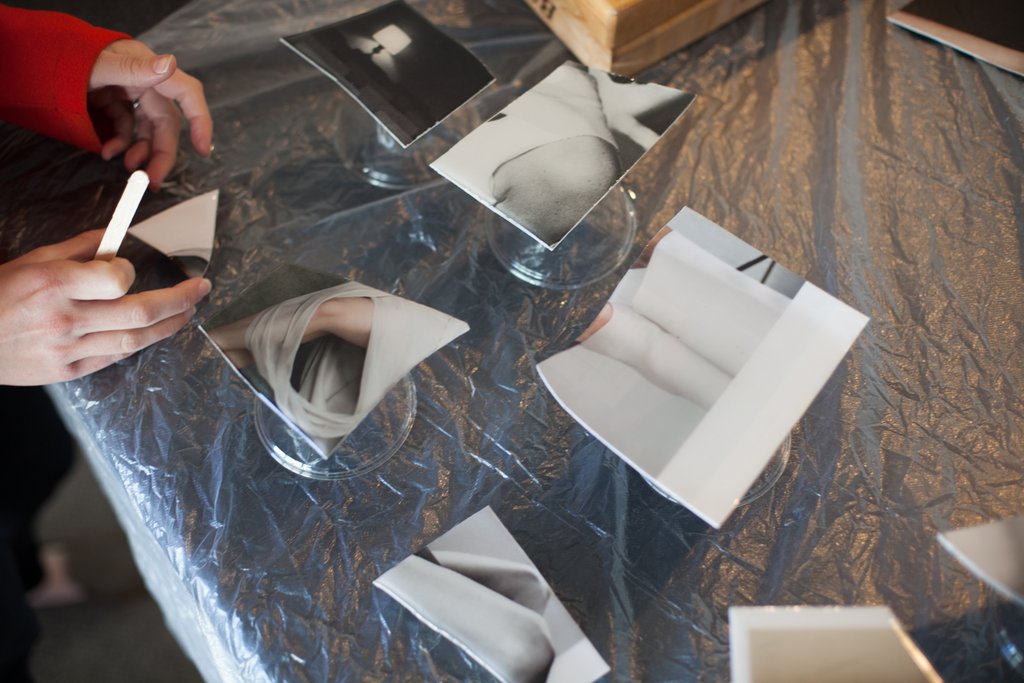
Back to In the Studio
